Decline in Backyard Bird Species Linked to Non-Native Plants
The Smithsonian released a study recently that connects the decline in backyard birds to gardens with non-native plant species. As beautiful and unique as these plants may be, they are new - and sometimes toxic - to the bugs that are used to their native menu. Decline of these bugs means a decline in birds that feed on them.
Carolina chickadees depend on the availability of high-calorie, high-protein prey, such as caterpillars, for a healthy breeding season. Backyards landscaped with even a small portion of nonnative plants, however, lack the appropriate cuisine, leading to a decline in the breeding success and population growth of the bird species, according to a new SCBI study. Photo: Doug Tallamy, University of Delaware
Source: Smithsonian’s National Zoo & Conservation Biology Institute
The study shows that even a small portion of non-native plants can make a big difference to our breeding and family feeding backyard friends. It was found that backyards with more than 70% native species were able to provide enough nutrients for a stable chickadee population. Any less, and it would not be sustainable for them and their young.
To add to this, our gardens and landscaped areas also need to be able to sustain the stop-over of migratory birds as they pass through. This means even more native plants to ensure their survival as well.
“Urbanization is one of the primary ways we’re losing natural habitat around the world, and it remains essential that we figure out how we minimize our impacts while maximizing the protection of biodiversity.”
— Pete Marra, director of the Smithsonian Migratory Bird Center and co-author of the paper
Fortunately for communities along the 401 in Ontario, the Highway of Heroes Living Tribute is made of 100% native tree species. We’re making sure that not only our local bird populations have enough ‘pests’ to feed on and space to nest; but that our migratory guests are also provided with the same comfort.
Donate now to contribute to this memorial restoration project or fill out our online form if you would like to increase the amount of native tree species that are on your own property. Protecting our birds, sequestering carbon from the atmosphere, and improving soil quality all while remembering and honouring our service men and women.

